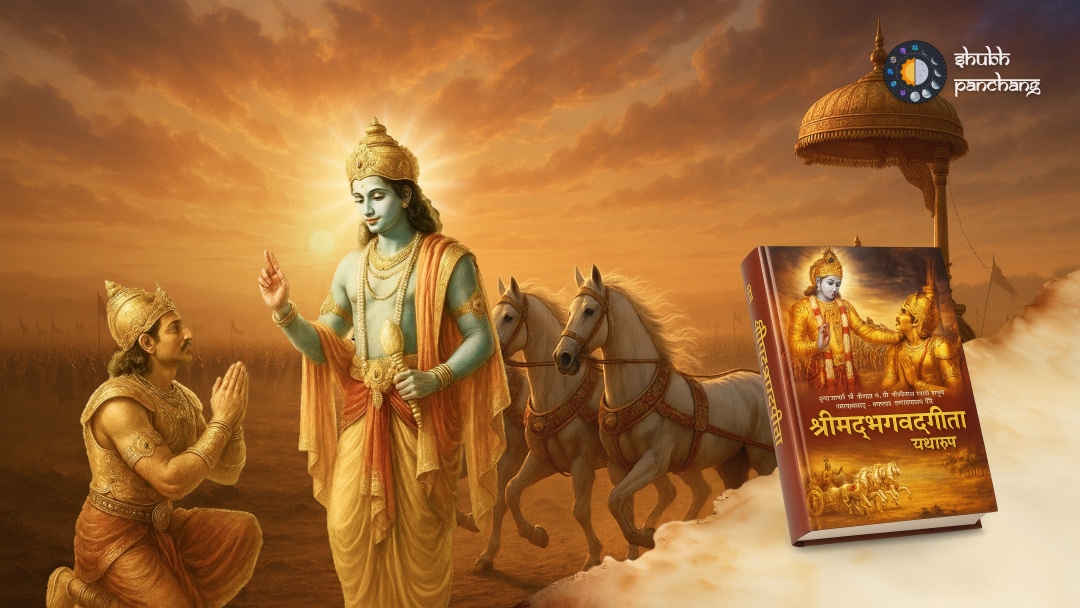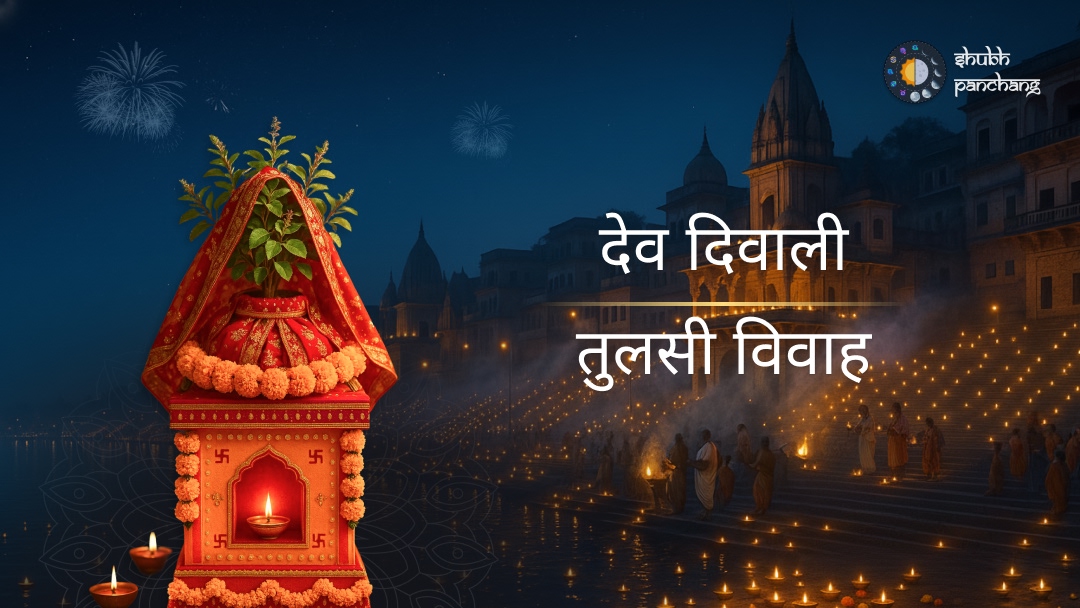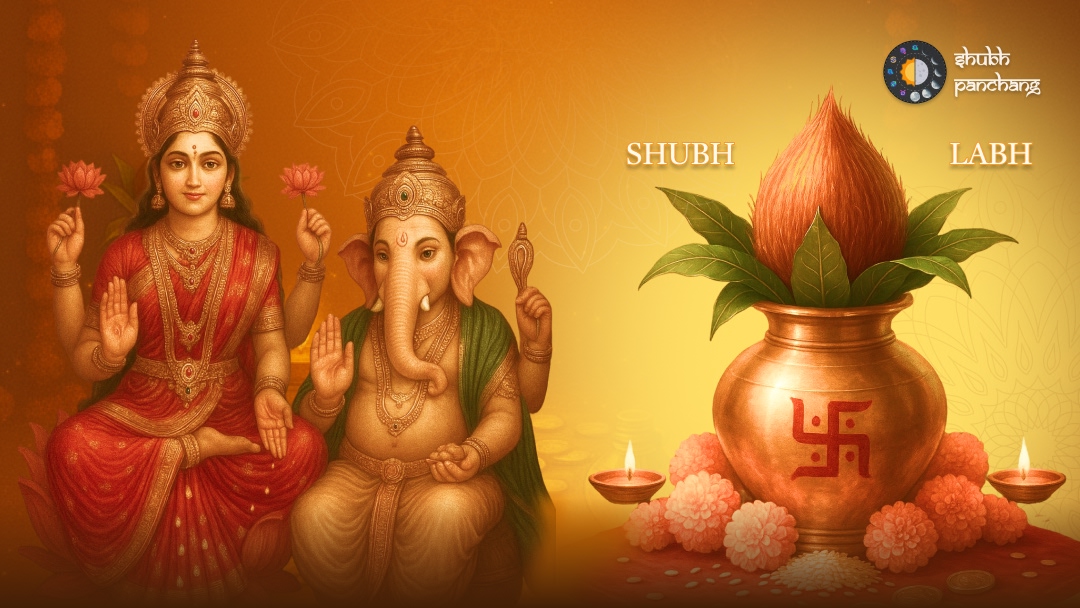
Unveiling the Sacred Texts: A Personal Journey
Hinduism, with its rich tapestry of traditions and philosophies, finds its roots deeply embedded in a vast collection of sacred texts. These holy books are not merely historical documents; they are living guides that shape the spiritual, moral, and cultural landscape of millions. After years of practice and study, I've noticed how these texts offer profound insights applicable even in our modern lives. Let’s embark on a journey to explore the major categories and their uses.
Shruti vs. Smriti: Understanding the Foundation
The Hindu scriptures are broadly classified into two main categories: Shruti (that which is heard) and Smriti (that which is remembered). Shruti is considered the supreme authority, believed to be of divine origin, revealed to ancient Rishis (sages). Smriti, on the other hand, is derived from Shruti and includes texts composed by human authors, offering interpretations and applications of the Vedic principles. Think of Shruti as the blueprint and Smriti as the detailed construction manual.
The Vedas and Upanishads: The Core of Hindu Philosophy
Shruti: The Divine Revelation
The Shruti texts primarily comprise the four Vedas : Rigveda, Yajurveda, Samaveda, and Atharvaveda. Each Veda is further divided into four sections: Samhitas (hymns), Brahmanas (rituals and commentaries), Aranyakas (philosophical treatises), and Upanishads (spiritual knowledge). What's fascinating is how each layer builds upon the previous one, leading to deeper understanding.
- Rigveda : The oldest Veda, a collection of hymns and prayers.
- Yajurveda : Focuses on sacrificial rituals and mantras.
- Samaveda : Melodies and chants derived from the Rigveda.
- Atharvaveda : Spells, charms, and practical knowledge for daily life.
The Epics, Puranas, and Dharma Shastras: Guiding Principles
Smriti: The Remembered Wisdom
Smriti texts are vast and varied, providing detailed guidelines for dharma (righteous conduct), rituals, and social norms. The major Smriti texts include:
- Epics (Itihasas) : The Ramayana and Mahabharata, narrating stories of gods, heroes, and moral dilemmas.
- Puranas : Encyclopedic texts containing myths, legends, genealogies, and cosmological accounts.
- Dharma Shastras : Law books like Manusmriti and Yajnavalkya Smriti, outlining rules and duties for different social classes and stages of life.
Diving Deeper: Ramayana, Mahabharata, and the Puranas
The Ramayana , attributed to Valmiki, tells the story of Lord Rama, an ideal king, son, husband, and warrior. It exemplifies dharma, devotion, and righteousness. The Mahabharata , attributed to Vyasa, is an epic narrative of the Kurukshetra War, exploring themes of duty, justice, and the consequences of actions. Within the Mahabharata lies the Bhagavad Gita . The Puranas , such as the Vishnu Purana, Shiva Purana, and Bhagavata Purana, narrate stories of various deities, creation myths, and spiritual teachings. They are often used in festivals and religious celebrations. I've noticed that the Puranas, with their colorful stories, make complex concepts accessible to all ages.
The Bhagavad Gita: A Gem Within the Epic
The Bhagavad Gita: A Timeless Guide
The Bhagavad Gita , a part of the Mahabharata, is often considered a separate and supremely important text. It is a dialogue between Arjuna, a warrior, and Lord Krishna, his charioteer and divine guide. The Gita explores themes of dharma, karma, bhakti (devotion), and jnana (knowledge), offering practical guidance for navigating life's challenges. What's truly remarkable is how the Gita synthesizes different paths to spiritual realization. After years of practice, I can attest that the Bhagavad Gita provides answers to all of life's questions.
Uses in Daily Life: Spiritual, Moral, and Ritual
Hindu holy books serve various purposes:
- Spiritual Guidance : The Upanishads and Bhagavad Gita offer profound insights into the nature of reality and the self.
- Moral and Ethical Framework : The Dharma Shastras and epics provide guidelines for righteous living and ethical conduct.
- Ritual and Worship : The Vedas and Puranas prescribe rituals, prayers, and practices for connecting with the divine.
- Cultural and Historical Understanding : The Puranas and epics preserve the history, traditions, and cultural values of Hindu society.
Relevance in Modern Life: Finding Meaning and Guidance
In modern life, these ancient texts offer valuable guidance for navigating challenges and finding meaning. The principles of dharma, karma, and devotion are as relevant today as they were centuries ago. By studying these texts, we can gain a deeper understanding of ourselves, our place in the world, and the path to spiritual fulfillment. What's fascinating is how these texts, despite their age, speak directly to our modern concerns. As technology and society rapidly change, the enduring wisdom of these scriptures provides a stable foundation for ethical decision-making and personal growth. Embracing these teachings allows us to balance tradition with contemporary life, creating a harmonious existence rooted in timeless principles. After years of integrating these teachings into my daily routine, I can attest to their transformative power in fostering inner peace and resilience.
Embrace the Wisdom: A Call to Explore
The Hindu holy books are a treasure trove of wisdom, offering guidance, inspiration, and a path to spiritual realization. Whether you're seeking answers to life's big questions, looking for moral guidance, or simply curious about Hindu culture and philosophy, these texts have something to offer. So, dive in, explore, and discover the transformative power of these ancient scriptures! I encourage you to start with the Bhagavad Gita – its universal message transcends time and culture, offering profound insights for anyone on a spiritual journey.







